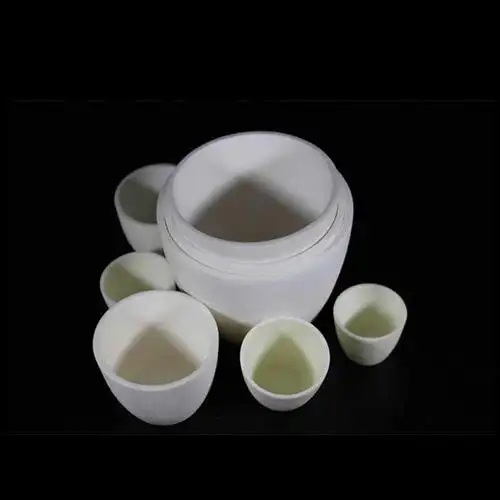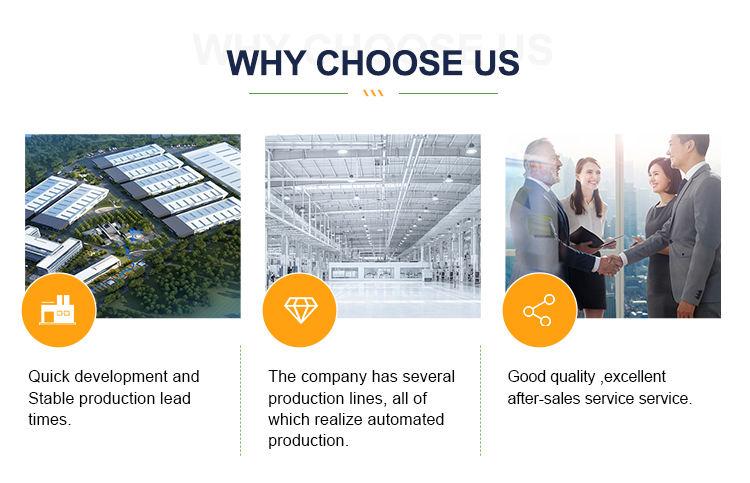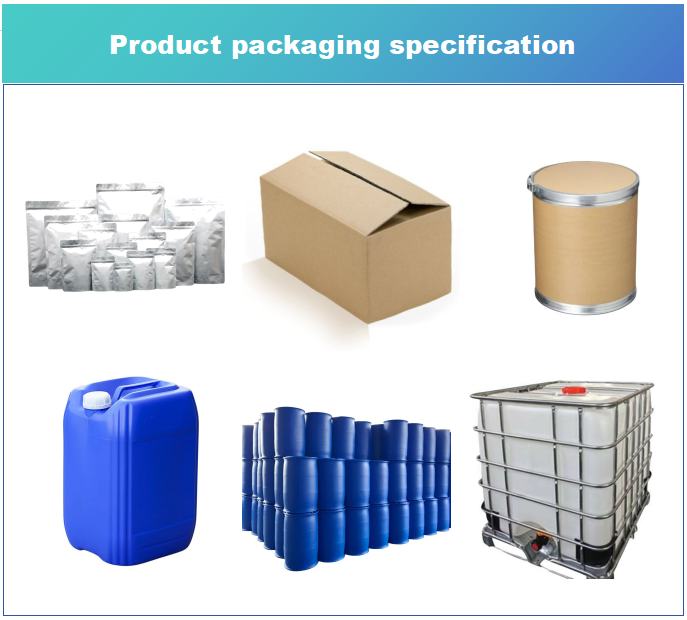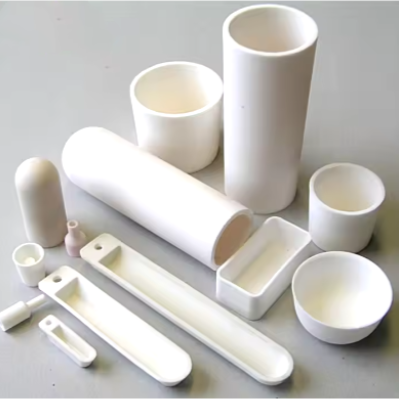Professional Premium Aluminum Oxide Products Supplier
Alumina Crucible
Brief overview of alumina ceramic crucible products
Alumina ceramic crucible is a kind of refractory material made of high-purity alumina (Al₂O₃) as the main ingredient, which is widely used in the fields of metallurgy, chemical analysis, material science and so on. It has a very high melting point, usually over 2000°C, and can withstand extremely high temperatures without deformation or decomposition. Alumina ceramic crucible has good chemical stability, remains inert in strong acid and alkali environments, and does not easily react with experimental substances. In addition, this material possesses excellent thermal shock stability and mechanical strength, making it suitable for use in a variety of high-temperature processes. Due to its excellent performance and reliability, alumina ceramic crucible becomes an indispensable and important tool in laboratory and industrial production.

Advantageous features of alumina ceramic crucible products
Alumina ceramic crucibles stand out in many applications with their outstanding characteristics. Firstly, it exhibits exceptional heat resistance and can withstand temperatures of up to 1800°C or more without damage, which makes it suitable for melting and processing samples in high-temperature environments. Second, the alumina ceramic crucible exhibits inertness to most chemicals, which means it can safely come into contact with corrosive chemicals without erosion. Further, it possesses excellent thermal conductivity and a low coefficient of thermal expansion, which reduces the risk of rupture due to thermal stress. In addition, it has good resistance to abrasion, ensuring durability for long-term use. Finally, the alumina ceramic crucible is easy to clean and does not leave traces of previous experiments, ensuring the accuracy of each experimental result.
Specifications Table for Alumina Ceramic Crucible Products
| Parameter | Specification |
|---|---|
| Material Composition | High-purity alumina (Al₂O₃) |
| Purity Level | ≥99.7% |
| Maximum Temperature | Up to 1800°C |
| Thermal Conductivity | Moderate |
| Coefficient of Thermal Expansion | Low |
| Chemical Resistance | Excellent, inert to most chemicals |
| Dimensional Stability | High |
| Surface Finish | Smooth, may vary based on finish processing |
| Standard Sizes | Available in various sizes, custom options possible |
| Color | White or off-white |
| Packaging | Individually wrapped, quantity packed |
Production process of alumina ceramic crucible products
The manufacturing of alumina ceramic crucible involves several precise steps, from the selection of raw materials to the quality inspection of finished products. First, there is the raw material preparation stage, where high-purity alumina powder is selected as the main ingredient, and small amounts of other ingredients may be added to improve specific properties. Next comes the molding process, where the mixed powder is formed into the desired shape by pressing and slurrying. This is followed by sintering, a critical step in determining the quality of the crucible, which needs to be carried out under tightly controlled high-temperature environments to allow the material to fully solidify and reach the desired density. The sintered product also undergoes fine processing, such as grinding and polishing, to ensure dimensional accuracy and a smooth surface. Finally, all finished products must pass strict quality tests, including appearance inspection, dimensional measurement, and heat resistance and chemical stability tests, and only qualified products can be put on the market.
Application fields of alumina ceramic crucible products
Alumina ceramic crucibles are widely used in many industries due to their unique physical and chemical properties. In the metallurgical industry, they are used in the metal melting process as containers for carrying high-temperature molten metal because of their resistance to high temperatures and erosion of the metal liquid. In chemical analysis, these crucibles are commonly used for sample handling in quantitative and qualitative analyses, such as ashing, cauterizing organic matter, and determining mineral content. Materials science researchers use alumina ceramic crucibles for experiments in the synthesis of new materials, especially in the exploration of new high-temperature superconductors and other advanced functional materials. They are also found in the glass manufacturing industry, where they are used to melt specialty glasses, and in the electronics industry, where they are used to support semiconductor components for high-temperature processing. In short, alumina ceramic crucibles have become an indispensable part of scientific research and industrial production by virtue of their excellent performance.

Company Profile
Alumina Technology Co., Ltd.! We focus on the research and development, production and sales of alumina products, serving the electronics, ceramics, chemical and other industries. Since its establishment in 2005, the company has been committed to providing customers with the best products and services, and has become a leader in the industry through continuous technological innovation and strict quality management.
Our products includes but not limited to Alumina Boat, Alumina Crucible, Alumina Dish, Alumina Foam Filter, Alumina Plate, Alumina Rod, Alumina Bar, Alumina Balls, Filter Alumina, Nano Alumina Powder, Spherical Alumina Powder, ect. please feel free to contact us.(nanotrun@yahoo.com)
Payment Methods
T/T, Western Union, Paypal, Credit Card etc.
Shipment Methods
By air, by sea, by express, as customers request.

5 FAQs of Alumina Ceramic Crucible Products
Q: What is the maximum temperature that alumina ceramic crucible can withstand?
A: Standard alumina ceramic crucibles can generally withstand temperatures from 1600°C to 1800°C, but the exact value depends on the purity of the product and the manufacturing process.
Q: What do I need to pay attention to when using alumina ceramic crucible?
A: Avoid sudden cooling and heating to prevent cracks or breakage caused by thermal shock, and make sure the inside of the crucible is clean and free of impurities so as not to affect the experimental results.
Q: How to extend the service life of alumina ceramic crucible?
A: Proper operation, regular cleaning, reducing contact with sharp objects, and choosing appropriate heating and cooling rates can help extend their life.
Q: Are alumina ceramic crucibles suitable for all types of chemical reactions?
A: While alumina ceramic crucibles exhibit inertness to most chemicals, they may be subject to erosion under certain extreme conditions, such as the presence of hydrofluoric acid.
Q: Can I continue to use an alumina ceramic crucible if it is cracked?
A: Once a crack is detected, it is recommended to discontinue use as the crack may result in compromised structural integrity and further damage may occur at high temperatures, posing a safety hazard.

